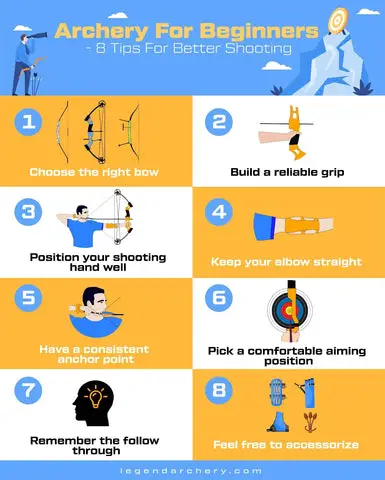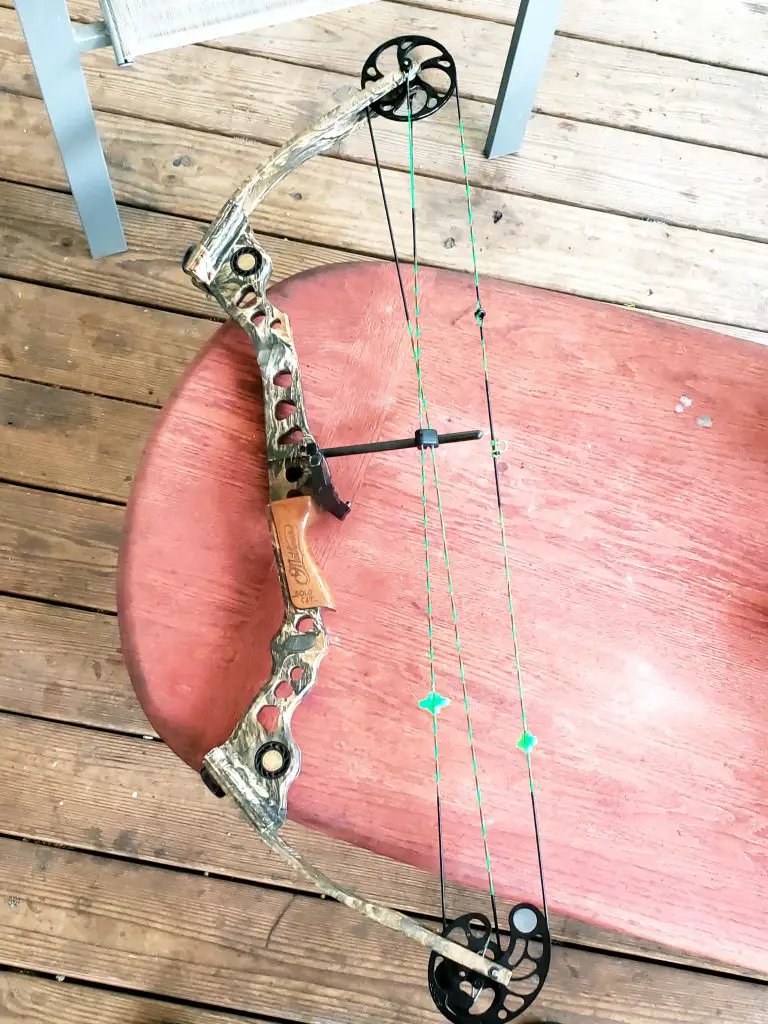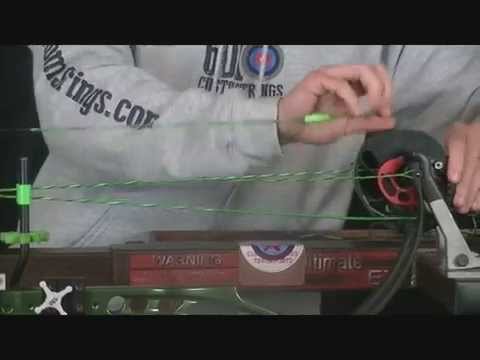Archery Tips For Beginners
If you’re just starting out on your archery journey, the world of compound bows may seem overwhelming. However, fear not, as this guide is here to provide you with essential archery tips for beginners. The compound bow, with its fusion of innovation and tradition, offers a unique experience for archers. In this article, you’ll learn about the key components of a compound bow, its advantages, how to choose the right one for you, and the importance of maintenance and safety. So grab your bow and arrow, and let’s dive into the world of archery!
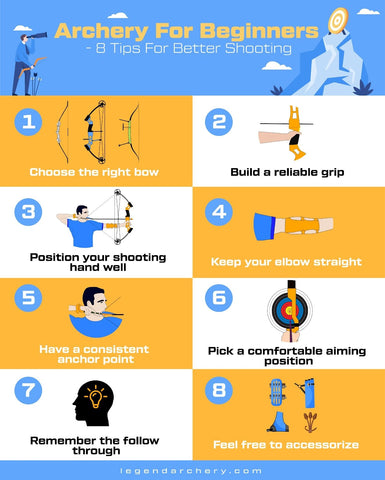
1. What is a Compound Bow?
A compound bow is characterized by a system of cables, pulleys, and cams that assist the archer in holding a high poundage at full draw. Unlike traditional bows, where the draw weight increases as you pull back, compound bows reach a peak weight and then “let-off” to a lower holding weight, allowing the archer to take more time when aiming.
2. Key Components:
Limbs
Unlike the straight limbs of a longbow or the curved limbs of a recurve, compound bow limbs are much stiffer, providing the power behind the arrow. The limbs are typically made from a combination of materials such as fiberglass, carbon fiber, and laminated wood, which gives them their strength and durability.
Cams
The cams, also known as wheels, are perhaps the most distinctive feature of a compound bow. These are the oval-shaped devices that rotate as the bow is drawn. They dictate the draw cycle’s feel and the bow’s overall performance. There are different types of cam systems, including single cams, binary cams, and hybrid cams, each offering its own advantages and characteristics.
Cables & Strings
Cables and strings are integral to the functioning of the cams and the entire bow. They transfer energy from the cams to the limbs, which then propels the arrow forward. The cables and strings are typically made from strong materials like high-strength synthetic fibers, ensuring durability and resistance to stretching.
Riser
The riser is the central part of the bow, usually made of aluminum or carbon, to which limbs, sights, stabilizers, and other accessories are attached. It serves as the foundation of the bow, providing stability and balance. The riser is carefully designed to minimize vibration and shock during the shot, enhancing accuracy and comfort.
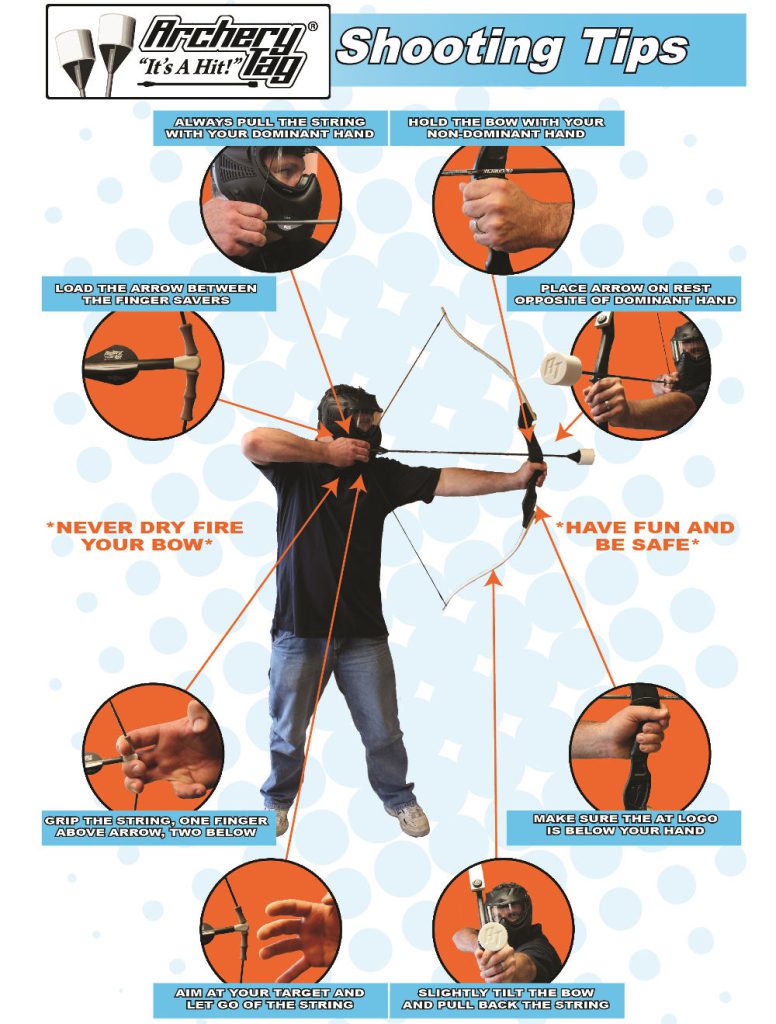
3. Advantages of Compound Bows:
Power & Speed
Compound bows can generate immense power, propelling arrows at tremendous speeds. The combination of the cam system and the stiff limbs allows the bow to store energy more efficiently, resulting in higher arrow velocities. This increased power makes compound bows particularly suitable for hunting and long-range shooting.
Accuracy
The mechanical advantage provided by the cams and the ability to hold the bow at full draw for longer periods allow for better aiming. The let-off feature, which reduces the weight you need to hold at full draw, enables you to maintain a steady and controlled aim, leading to improved accuracy. This precision is crucial for both target shooting and hunting.
Compact Design
One of the significant advantages of compound bows is their compact design. The shorter limb design makes them more manageable in tight spaces, like hunting blinds or tree stands. This convenience allows archers to maneuver more effectively in various environments, ensuring they can take accurate shots even in challenging conditions.
Adjustability
Many compound bows offer a high level of adjustability, allowing archers to customize the bow to their specific preferences and needs. Adjustments can be made in terms of draw length and draw weight, making it easier to find the perfect fit. This flexibility is beneficial for beginners who are still discovering their optimal shooting form and for more experienced archers who want to fine-tune their equipment.
4. Choosing the Right Compound Bow:
Purpose
Before selecting a compound bow, consider your intended use. Are you targeting big game, participating in target archery, or maybe bowfishing? Different types of compound bows are designed with specific purposes in mind, so understanding your goals will help narrow down your options and ensure you choose the right bow for your activities.
Draw Length
The draw length is the distance from the bowstring at full draw to the grip of the bow. It is crucial to ensure that the bow fits your personal draw length. Incorrect sizing can affect accuracy and lead to discomfort or even injury. To determine your draw length, consult with a professional archery shop or use a draw length measuring tool.
Draw Weight
Draw weight refers to the amount of force required to pull the bowstring back to full draw. It is essential to start with a weight you can comfortably and consistently pull back. Starting too heavy can lead to bad form and incorrect shooting habits. As you become more experienced and stronger, you can gradually increase the draw weight if desired.
Let-off
Let-off is the percentage of weight reduced when the bow is at full draw. It allows the archer to hold the bow at full draw with less effort. A higher let-off allows you to aim and wait for the perfect shot, reducing fatigue and improving accuracy. Different bows offer varying levels of let-off, so consider your preferences and shooting style when selecting a bow.
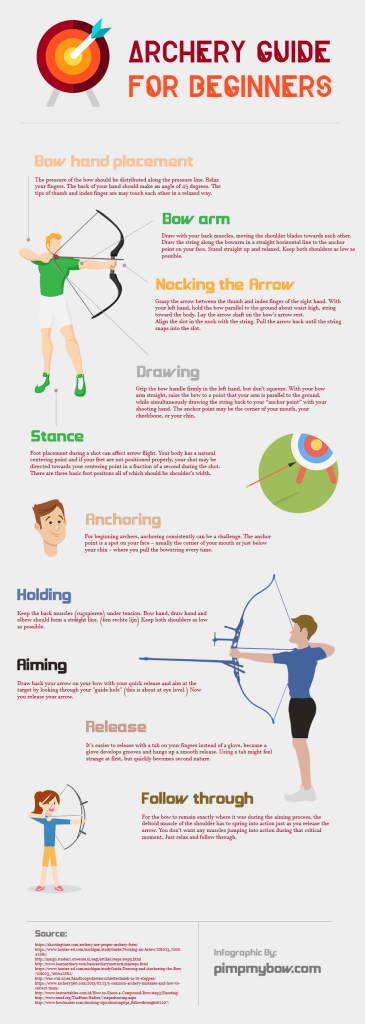
5. Maintenance & Care:
Compound bows, with their intricate design, require regular maintenance to ensure optimal performance and longevity. Here are some essential maintenance tips:
- Periodically inspect strings, cables, and cams for wear and tear. Look for any signs of fraying, stretching, or damage. Replace any damaged components promptly to avoid equipment failure.
- Clean your bow regularly to remove dirt, debris, and other contaminants. Use a soft cloth or brush to wipe down the bow, paying attention to areas around the cams and in-between the cables and strings.
- Lubricate moving parts, such as the cams and the axles, to reduce friction and promote smooth operation. Use a bowstring wax or silicone-based lubricants recommended by the manufacturer.
- Store your compound bow in a cool, dry place, away from extreme temperatures and humidity. Avoid leaving it in direct sunlight or exposed to moisture, as these conditions can damage the materials and impact the bow’s performance.
- Consider professional tuning and servicing once a year. A professional bow technician can ensure that all components are properly aligned, tuned, and adjusted, maximizing the bow’s potential and identifying any areas that require attention.
By following these maintenance and care guidelines, you can prolong the life of your compound bow and ensure consistent performance season after season.
6. A Word on Safety:
Archery is an exciting and rewarding sport, but it is crucial to prioritize safety at all times. Here are some key safety considerations when shooting a compound bow:
- Always use arrows recommended for your specific bow’s draw weight. Using arrows that are too light or too heavy can lead to improper arrow flight, decreasing accuracy and potentially causing damage to the bow or injury to yourself.
- Before shooting, ensure your shooting lane is clear of any obstacles, people, or animals. Stay alert and aware of your surroundings, especially when shooting in outdoor settings.
- Never dry fire your compound bow. Dry firing refers to releasing the bowstring without an arrow in place. This can cause significant damage to the bow and potentially lead to injury. Always have an arrow nocked when drawing and releasing the bowstring.
- Always follow proper form and shooting techniques. Proper stance, hand placement, and anchor point are essential for consistent and accurate shooting. Seek guidance from a qualified instructor or coach to ensure you are using correct form and maintaining safety.
- Always be aware of what lies beyond your target. Ensure there is a safe and suitable backdrop to catch your arrows in case of a miss. This will prevent damage to property or injury to others.
By practicing these safety measures and prioritizing responsible archery practices, you can enjoy the sport safely and with peace of mind.
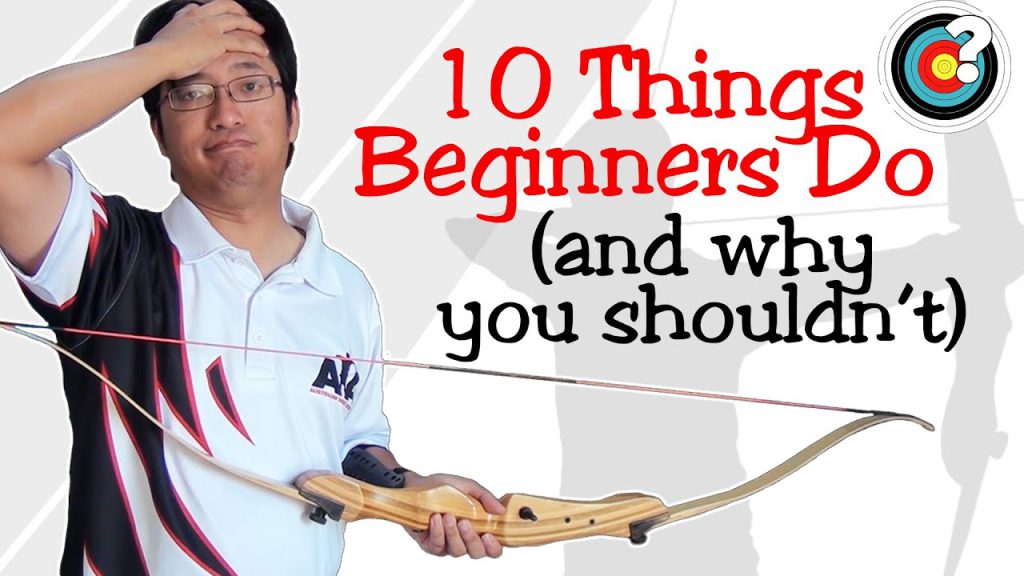
Conclusion:
The compound bow, since its invention in the 1960s, has revolutionized the archery world. It embodies a fusion of innovation and tradition, blending modern technology with age-old principles. Whether you’re a seasoned archer or just beginning your journey, the compound bow offers a unique and thrilling experience. Its power, speed, accuracy, compact design, and adjustability make it a versatile choice for various archery disciplines. By understanding the key components, choosing the right bow, and practicing proper maintenance and safety, you can unleash the full potential of a compound bow and embark on a rewarding archery adventure.

